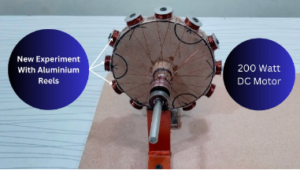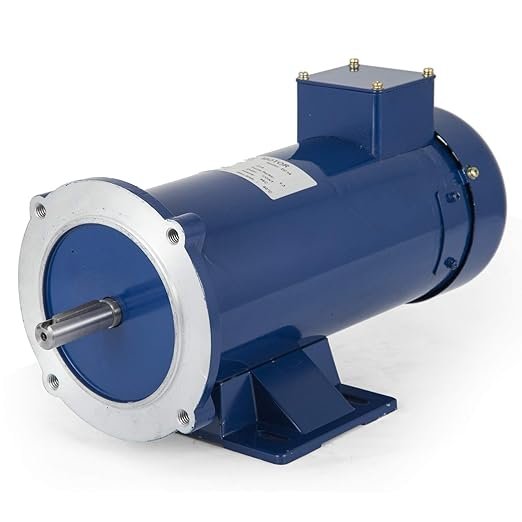
Unveiling the New Experiment of Making a 200 Watts DC Motor 220 Volt with 12 Aluminium Reels, 12 Screws, and a Magnet
Introduction to the Innovative Experiment
In the realm of electrical engineering, the creation of a 200 Watts DC Motor 220 Volt using 12 Aluminium Reels, 12 screws, and a magnet is a groundbreaking experiment. This article delves into the intricate details of this innovative experiment, providing a comprehensive guide to understanding and replicating it.
The Core Components: Aluminium Reels, Screws, and Magnet
The heart of this experiment lies in the utilization of 12 Aluminium Reels, 12 screws, and a magnet. These components, when assembled correctly, can generate a powerful 200 Watts DC Motor 220 Volt.
The Role of Aluminium Reels
Aluminium reels play a pivotal role in this experiment. They act as the primary conductive material, allowing the flow of electric current, which is crucial for the operation of the DC motor.
The Significance of Screws
The screws in this experiment are not merely fasteners. They serve a dual purpose – providing structural stability and acting as a conduit for the magnetic field generated by the magnet.
The Power of the Magnet
The magnet is the driving force behind this experiment. It generates a magnetic field that interacts with the electric current flowing through the aluminium reels, resulting in the rotation of the motor.
The Assembly Process: Step-by-Step Guide
The assembly process of this experiment is a meticulous task that requires precision and understanding of the underlying principles of electromagnetism and electric motors.
Preparing the Components
The first step involves preparing the aluminium reels, screws, and magnet. This includes cleaning the aluminium reels, ensuring the screws are of the right size, and choosing a magnet with the appropriate strength.
Assembling the Components
The next step is the assembly of the components. This involves arranging the aluminium reels and screws in a specific pattern and placing the magnet at the center.
Testing the Motor
The final step is testing the motor. This involves connecting the motor to a power source and observing its operation.
Understanding the Underlying Principles
The operation of this motor is based on the principles of electromagnetism. The interaction between the electric current and the magnetic field results in a force that causes the motor to rotate.
Potential Applications of the 200 Watts DC Motor 220 Volt
This motor has a wide range of potential applications, from powering small appliances to serving as a learning tool for students studying electrical engineering.
Conclusion
The experiment of making a 200 Watts DC Motor 220 Volt with 12 Aluminium Reels, 12 screws, and a magnet is a testament to the power of innovation and the limitless possibilities of electrical engineering. It serves as a beacon of inspiration for aspiring engineers and a practical solution for various applications.
Frequently Asked Questions
Q1: What is the role of the magnet in this experiment?
Q2: How does the assembly of the components affect the operation of the motor?
Q3: What are the potential applications of this motor?
Q4: What principles of electromagnetism are involved in the operation of this motor?
Q5: How can the efficiency of this motor be improved?









2 thoughts on “Experiment of Making a 200 Watts DC Motor”